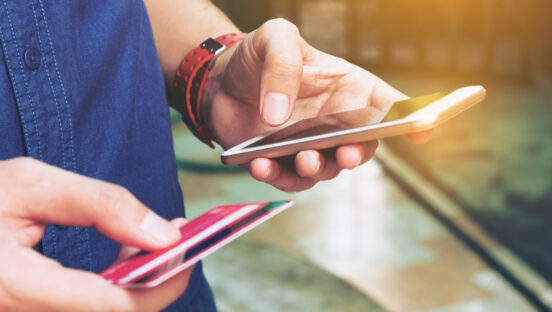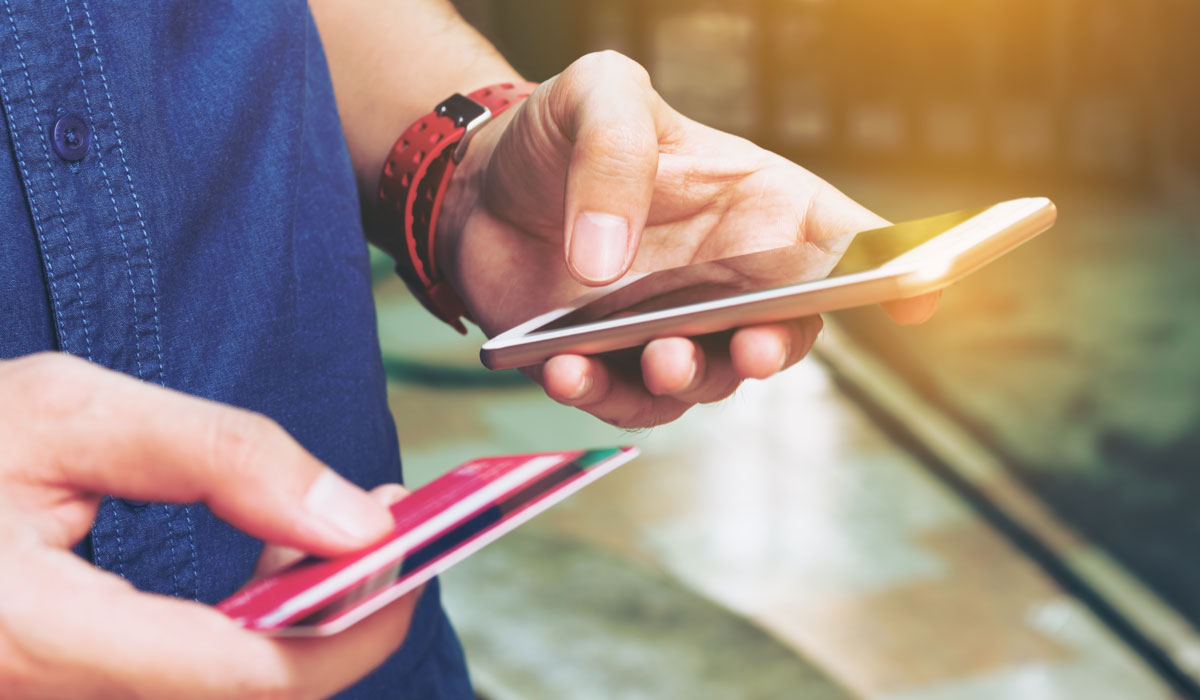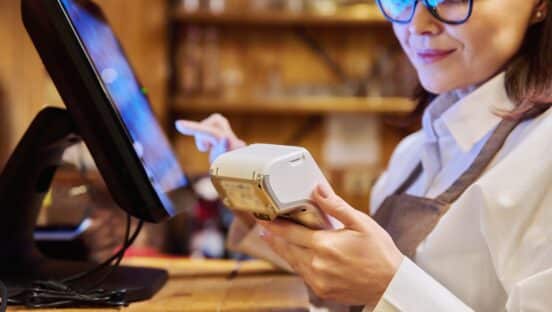Sponsored by Rakuten Ready.
From 2015 to 2018, the percentage of diners who ordered food from smartphones or mobile apps more than tripled—from 11 to 39 percent. By 2020, mobile orders will make up nearly 11 percent of all quick-service restaurant sales.
These numbers indicate enormous potential within the $38 billion mobile ordering market, but some restaurants are navigating the concept more smoothly than others.
Rakuten Ready, which provides end-to-end last mile solutions for restaurants and retail stores, recently completed a comprehensive time survey of the top 10 quick-service restaurant brands in the U.S. Armed with smartphones and mobile apps, secret shoppers made at least 25 trips to each concept, visiting locations across various regions of the country. The study determined some key components that make a mobile pickup order successful, from the perspective of the customer experience.
1. Technology
A good mobile ordering experience depends largely on the technology itself. Operators must have the right platform and tools in place, from an easy online ordering experience, to arrival technology that lets you know when your Order for Pickup customers are arriving. “If you don’t have that, nothing else will work,” says Rakuten Ready co-founder and CEO Jaron Waldman. “However, it must be supported by other factors—technology is the start, not the silver bullet.”
Mobile apps help new and prospective customers find your restaurant and can save them money, especially compared with third-party delivery services, which charge a service fee in addition to expecting tips for drivers. Apps also make it easy to upsell items, promote daily specials, and save individual customer profiles and favorite orders. Restaurants typically see a six percent increase in the frequency of visits and a 20 percent increase in spending per order when customers use a mobile device.
2. Resources
Time is a significant factor for the customers who use mobile ordering, and having to wait once at the restaurant was a resounding frustration. Some shoppers reported that staff didn’t start preparing their food until they were already in the store. “The worst is when there’s one line and there is no benefit to ordering ahead,” a secret shopper said.
3. Logistics
The study revealed some brands lacked parking spaces for curbside pickup, and clear signage for in-store pickups. Operators should make sure that mobile order signage is clear and easily identifiable so that customers know where to pick up their order. Dedicated drive-thru lanes and in-store pickup areas, and at least one employee dedicated solely to mobile orders is ideal.
4. Marketing
A flyer in the bag isn’t enough—savvy operators know they should market via a variety of mediums including television, SEM, social media, and digital advertising. A successful Order for Pickup program begins with letting the world know you have it. Adoption increase with awareness, and so does foot traffic, while delivery decreases—it’s a win-win. You may also increase buying incentives via rewards and loyalty programs, use geofencing to offer special promotions to customers who are close by, or offer a free item to patrons on their birthday. These little things help build customer satisfaction and loyalty.
5. Employee Training
Even when the mobile ordering experience was less than ideal or mistakes occurred, the proverbial “service with a smile” made up for a lot. Customers understand that mobile ordering technology is evolving, and a simple explanation or “sorry for the wait” goes a long way.
When considering your mobile ordering game plan, technology may be king—just don’t forget the importance of that human touch.
Learn how to improve your Order Ahead for Pickup experience at Rakuten Ready’s website.
By Davina van Buren














